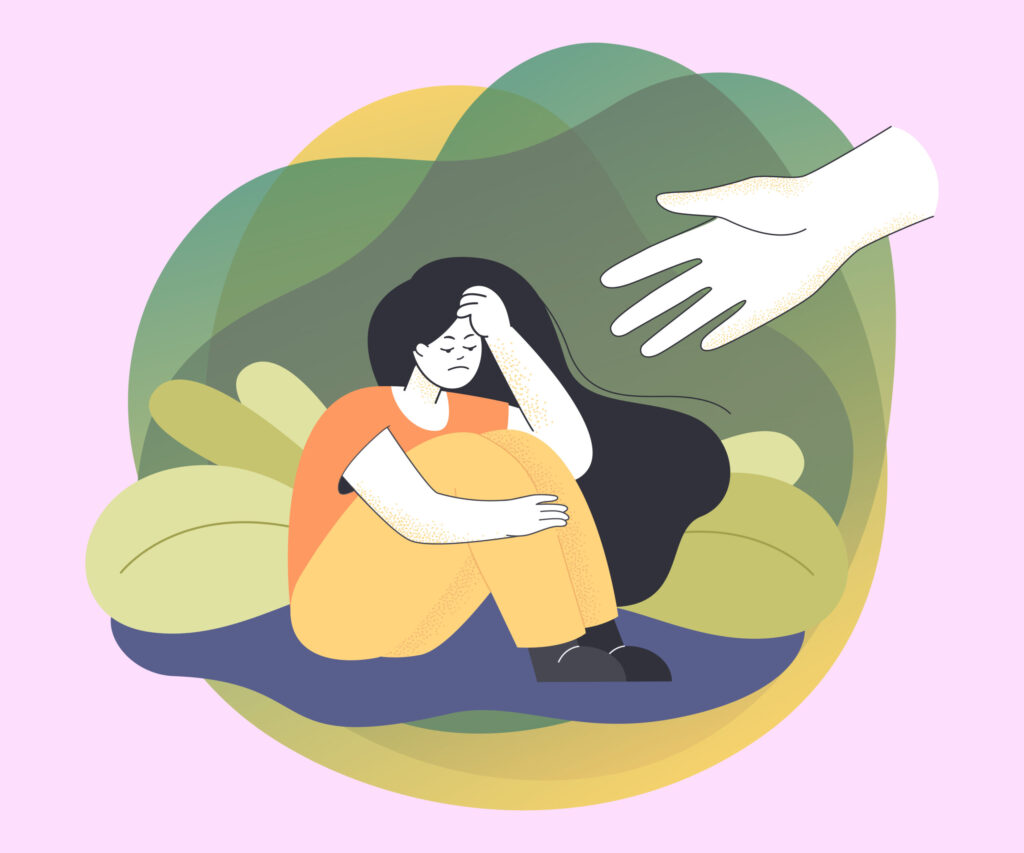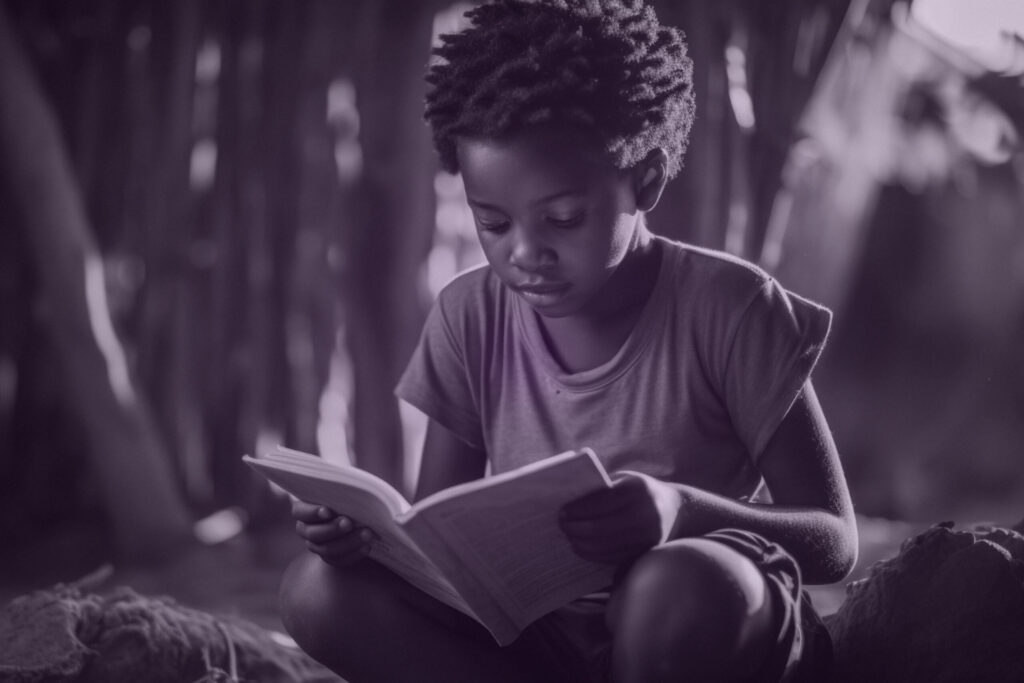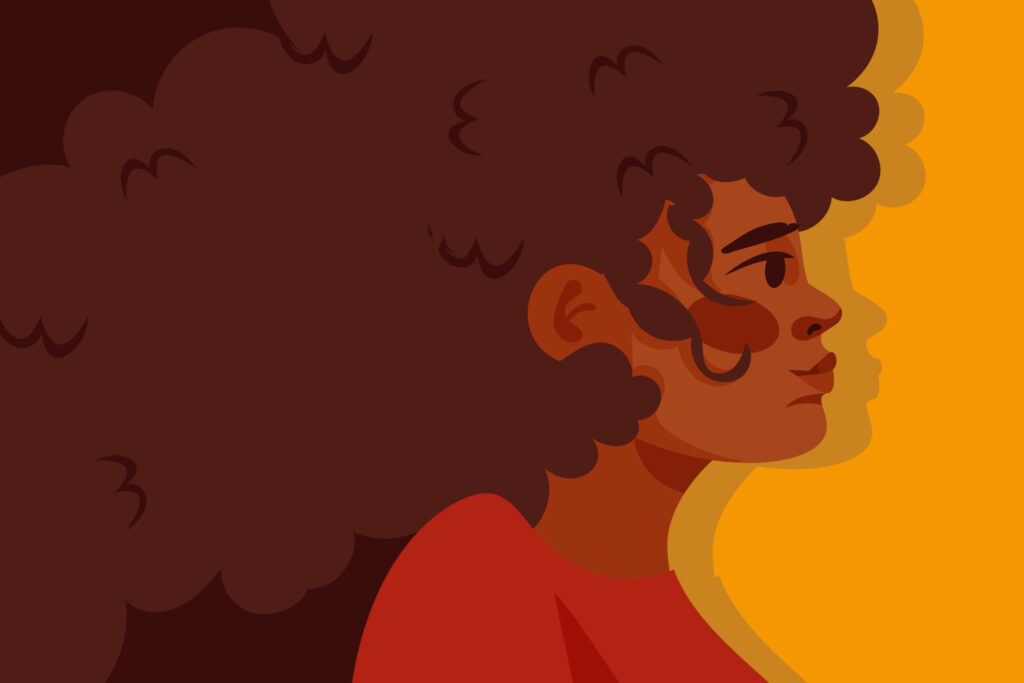Once again, my name is Sara
It is not a very common occurrence for me as a therapist to encounter clients who are frozen in trauma when I am not in the counseling room. This was especially tough because the circumstances were that I was not in position to rescue and help the client immediately.
In June 2024 I encountered I client I will call Tina (not her name). Our work as ILONA at times engages us in research and documentation exercises involving Sexual and Reproductive Health experiences of abused young girls.
Tina is a 14-year-old expectant mother who was literary frozen in her trauma experience. She was dressed in a large and long dress (a traditional attempt to make her appear like a woman) because she was ‘married’ and pregnant, but one close look was all it took to establish that she was very young, too young to be married and amongst antenatal care clients. Her friend who had walked with her the 6-kilometer journey to the health center for antenatal care answered the questions for her and told me some snippets of her story, but she herself remained uncommunicative. The health team also knew that if you asked Tina any questions, it was her friend who responded. She was obviously uncommunicative because of deep trauma.
Tina comes from a pastoralist ethnic community in Uganda, whose traditional marriage practice is strange and unlawful but still takes place. They marry girls by abducting and taking them home for marriage, usually with no prior knowledge or consent of the girl. Her consent is considered irrelevant. The practice is against the law but very few cases are reported because they have mutual agreement within their ethnic group, and always cover up and foil any investigations.
A young man identifies a girl that he likes and informs his parents. He and his fellow youth study the girl’s movements and take note of her usual routine. They then plan to abduct her as a group of about six young men. They abduct her and take her to the man’s home. That is how her marriage starts. A few of the young men may alert the girl that they love her and buy her some gifts, but the majority do not, because they do not want to scare her into hiding indoors for months. This is a strong indicator that the girls are usually not thinking about marriage and are unwilling participants in these practices. The younger the girl, the more suitors she has, and each young man tries to beat the others by arranging his abduction of the girl he desires before other admirers beat him to it.
Tina was abducted by the young men on her way from school and taken to her ‘husband’s’ hut. When the girl is taken to the man’s hut, he immediately has sex with her ‘to make her his,’ and make it impossible for her to run away or return home. The following day, the man’s relatives take some cows to the girl’s parents to report to them that they have taken the girl as a wife. The girl’s parents will then agree on formal bride wealth (some more cows and cash), which the man’s family will pay at leisure, after all they already have the girl.
Tina would naturally have heard about this practice and known many peers who have been abducted, but as a child she probably was not expecting it to happen to her when it did. She was obviously traumatized by the abduction and the forced onset of marital duties which exacerbated the trauma, making it appear like one unending traumatic experience. Before she could recover from these events, she fell pregnant. Tina started to feel terribly sick most mornings, and her ‘mother-in-law’ joyfully announced that she was going to become a mother. It appears that no one understood that this was more trauma for Tina, and that she was certainly not ready to become a mother.
That was the state in which I found Tina, attending an antenatal clinic for very young mothers. Tina had learned to enjoy this journey to the health center because, though it involved a long walk, it offered her an opportunity to leave ‘home’ for a few hours and get out of the company of people who made her want to scream and cry every time she looked at them, yet she had to live with them and do life with them every day.
Every question I asked Tina went unanswered, and her eyes looked like there was a dam of tears that she wouldn’t let out. It was clear that Tina had never allowed herself to cry since the whirlwind of traumatic experiences happened to her.
As a counseling psychologist, married woman and mother, I think about the Tina’s of this nation and I am glad ILONA is a place they can come and just talk about their experiences and challenges, a place where healing and safety can be found, whether or not they want to attend the learning center as students, or just need a place to feel human, loved and stabilized again.
Sara Mirembe Okello
Center Director,
ILONA Children’s Education Centre



